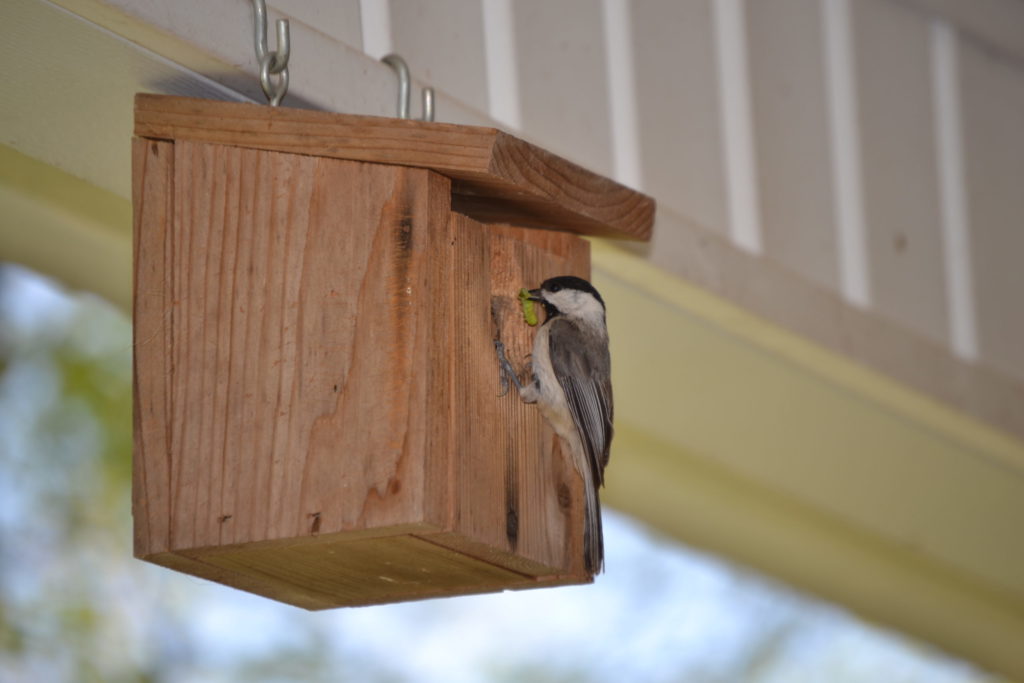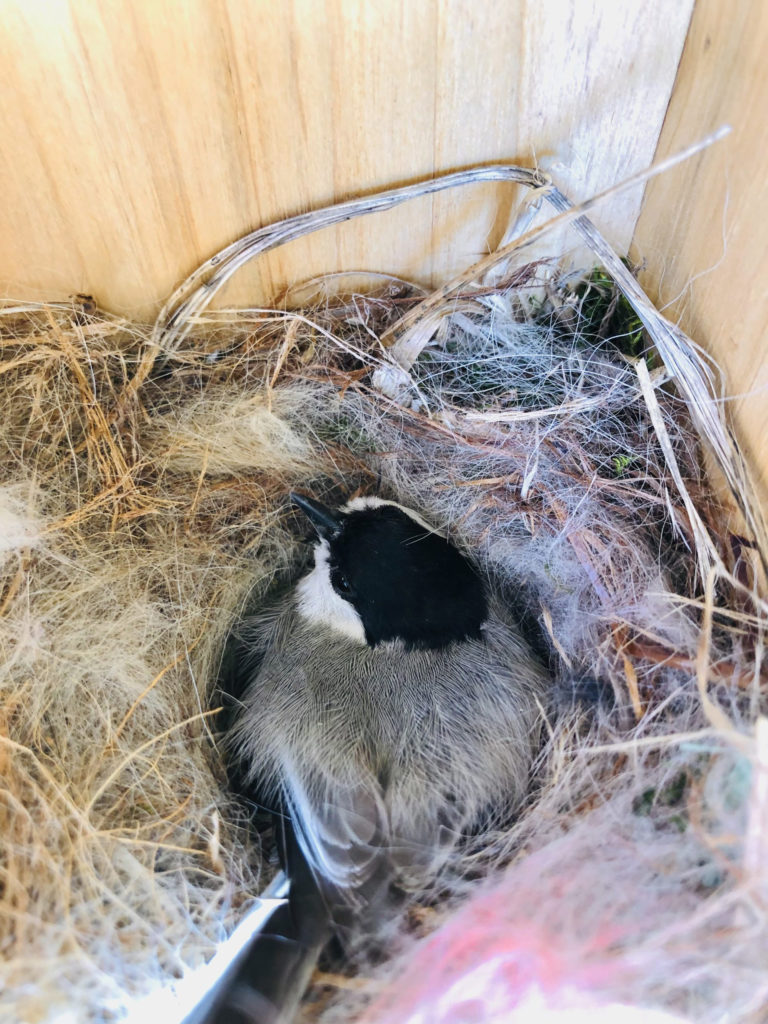 Photo ©
Ashley Hale
Photo ©
Ashley Hale
By Robyn Bailey, NestWatch Project Leader
Ecologists are often interested in how a species’ population growth rate responds to environmental challenges from year to year. It would be advantageous if demographic parameters which influence population growth rate (e.g., nesting success, adult survival) remained stable even in the face of annual variations in the environment. Ecologists may also be interested in determining whether species with similar lifestyles have a correlated response to the same challenges. For example, if hatching success is synchronized between two different species, then hatching success might rise and fall in tandem (i.e., they’re positively correlated); conversely, an increase in hatching success for one species might correspond with a decrease in hatching success for another species (i.e., they’re negatively correlated). The existence of such a relationship (if any) could mean that a change in one species’ reproductive outputs might signal a corresponding (or inverse) change in that of another species.

Bringing Home The Bacon
According to this study, Carolina Chickadees have a high rate of fledging success (i.e., 0.88 probability of at least one chick fledging from a nest in which at least one egg hatched).
In a recently published study, researchers used 21 years of NestWatch data (1998–2018) to assess the level of synchrony in breeding success within and between two species of widely-distributed cavity-nesting birds. While studies of synchronicity of breeding are commonly framed as synchronicity in the timing of nesting, this study focused on synchrony in how productive breeding birds were. According to theory, when populations of species become synchronous in their reproductive output, there could be negative consequences such as increased extinction risk.
Using data from 4,685 Eastern Bluebird and Carolina Chickadee nests from an overlapping portion of their breeding range, Harrod and Rolland (2022) tested the strength of correlations of three similar demographic characteristics: (1) hatching success (i.e., the probability that at least one egg in a clutch hatched), (2) hatchability (i.e., the proportion of eggs hatched in a nest in which at least one egg hatched), and (3) fledging success (i.e., the probability of at least one chick fledging from a nest in which at least one egg hatched). Their models indicated that hatching success, hatchability, and fledging success were generally high, with some fluctuation between years. However, the researchers did not find consistent patterns of correlation across these nesting parameters between species or regions.

Incubation Station
Hatchability (the proportion of eggs that hatched in a nest in which at least one egg hatched) for Carolina Chickadees was very similar to that of Eastern Bluebirds when averaged across all years and regions (both = 0.91).
The authors rarely detected meaningful correlations among and within bluebird and chickadee populations, suggesting that despite facing similar climatic conditions, these nesting characteristics are independent of each other. The authors interpret this as a positive sign that the risk of extinction is not heightened by difficult-to-see threats like increased population synchrony.
In order to understand how populations change over long time periods, it is essential to maintain long-term and large-scale datasets like NestWatch. The authors of this study expressed their gratitude to NestWatchers for collecting the data for the study, and also pointed out that more data would be helpful from areas with low coverage. Thank you to all of the participants who contributed data on Eastern Bluebirds and Carolina Chickadees over the 21-year period!
Reference:
- Harrod, S. E., and V. Rolland. 2022. Using citizen science to determine if songbird nesting parameters fluctuate in synchrony. PLoS ONE 17(11):e0277656. https://doi.org/10.1371/journal.pone.0277656
For 10 years between 2006 and 2016 I documented some Nest Watch, Citizen Science. I had a 30 acre farm in NW Tenn. near Reel Foot Lake. Had Carolina Chickadees and Eastern Blue Birds. I had properly erected professional built Blue Bird Houses I bought from a man in North Carolina on my Farm and not once did any Chickadees attempt to invade the Blue Bird Houses. However, English Sparrows did. They pecked the eyes out of 4 baby Blue Birds killing all the chicks. The Male English Sparrow did that. They are one mean bird. I have discovered that some Birding sites are reluctant to blame another Bird for the demise of another bird, but English sparrows are Non Native, highly invasive bird species. European Starlings were the worse, however, as they will be the final Demise of the Red Headed Woodpecker.